10 Daily Rituals to Boost Metabolism and Lose Weight Over 50
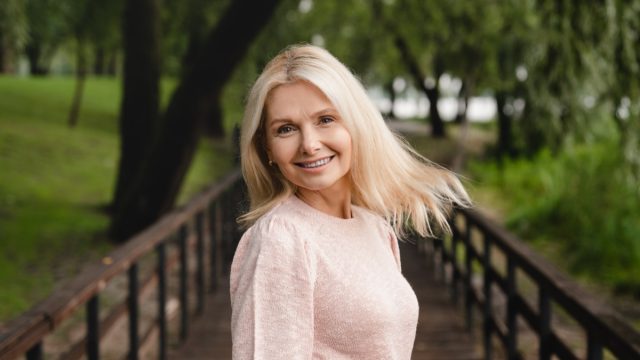
Are you dealing with unwanted weight gain and increasingly low energy with the passing years? "Your metabolism changes as you get older," says the National Institutes of Health. "You burn fewer calories and break down foods differently. You also lose lean muscle. Unless you exercise more and adjust your diet, the pounds can add up. Middle-age spread can quickly become middle-age sprawl." This doesn't have to be an inevitable part of aging—here are ten daily rituals that can help boost metabolism and encourage weight loss after 50.
Weights Are Your Friend
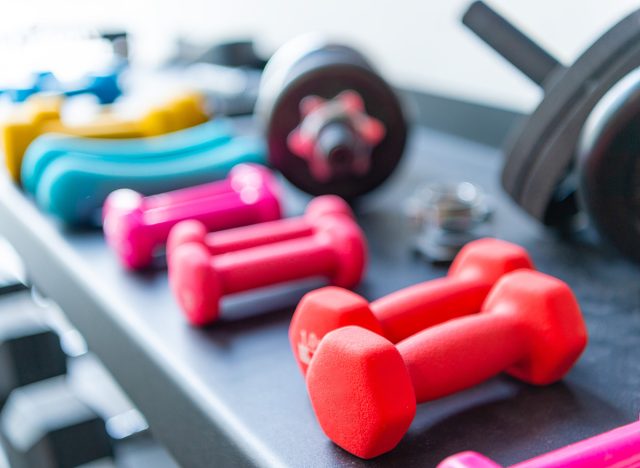
Hit the weight section of the gym, or use equipment at home to build strength and muscle. "Muscle is more metabolically active — it burns more calories than fat," William Yancy Jr, MD, tells AARP. "So having a higher ratio of muscle to fat will mean you burn more energy — just while sitting. To build that muscle, you have to exercise, and that burns calories, too."
Calorie Deficit
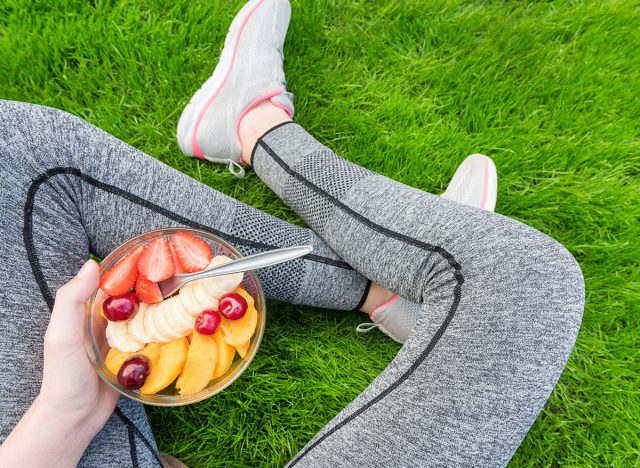
Make sure you're getting the correct amount of calories a day. "At age 50, you need 200 fewer calories a day than you did when you were 20, assuming you are equally active," Stacy Weiss, MD, tells Northwest Community Healthcare. "After age 60, you need 400-500 calories less. If you're moderately active, up to age 50, around 2,000 calories a day is good. After 50, you need to decrease to 1,800 calories."
Move Throughout the Day
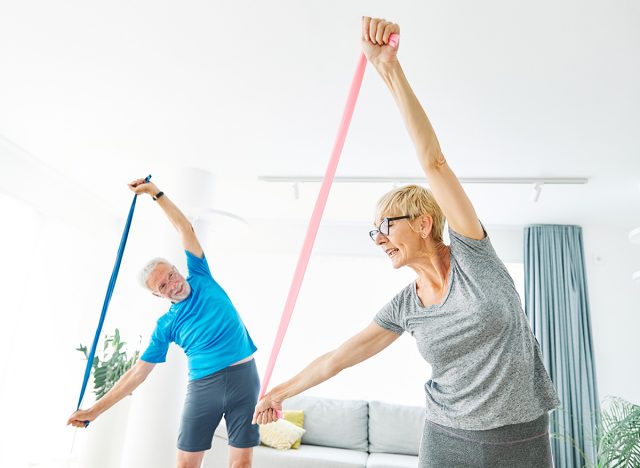
The couch potato lifestyle is terrible for your metabolism, so make a point of sitting as little as possible. Maybe start a habit where you walk before breakfast every day. "At some point, everyone loses muscle mass as they get older and gains abdominal fat," aging and exercise expert Dr. Mark Mattson tells the NIH. "Over-eating and leading a sedentary lifestyle can speed up age-related changes in metabolism."
RELATED: Lose Weight Faster with These 11 Effective Workouts
Don't Ignore Sleep Health

Sleep is crucial for a healthy metabolism and to encourage fat-burning. Try bedtime rituals such as a warm bath, reading a book, or meditation. Make a point of going to bed and waking up as much as possible at the same time.
Happy Hour Habits
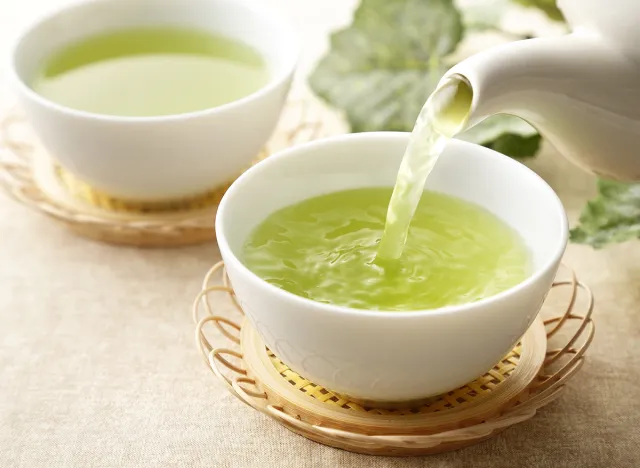
If daily happy hour has become a habit, replace it with a more healthy ritual a few times a week. Try tea or sparkling water. "Data from the National Survey on Drug Use and Health indicate that approximately 20 percent of adults aged 60-64 and around 10 percent over age 65 report current binge drinking," says the National Institutes of Health.
Daily Hydration
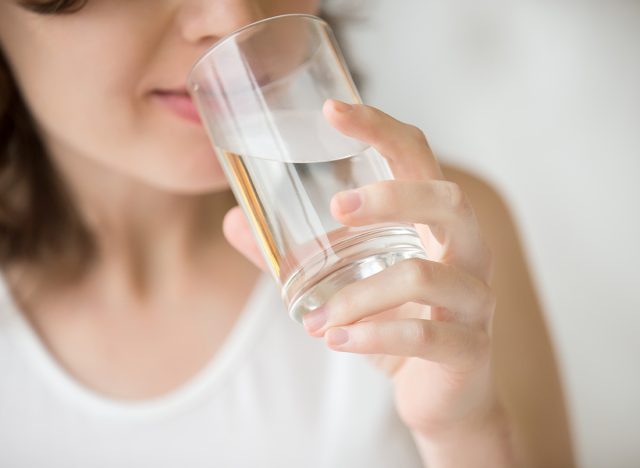
Make a point of drinking water first thing in the morning to start your day hydrated. "Proper hydration is essential for many bodily functions, including moving nutrients throughout the body, lubricating joints, and maintaining blood pressure," Vanessa Ling, ND, CNS, writes for the National Council on Aging. "Some evidence suggests that drinking water before a meal can curb your appetite to help with portion control."
Phone a Friend
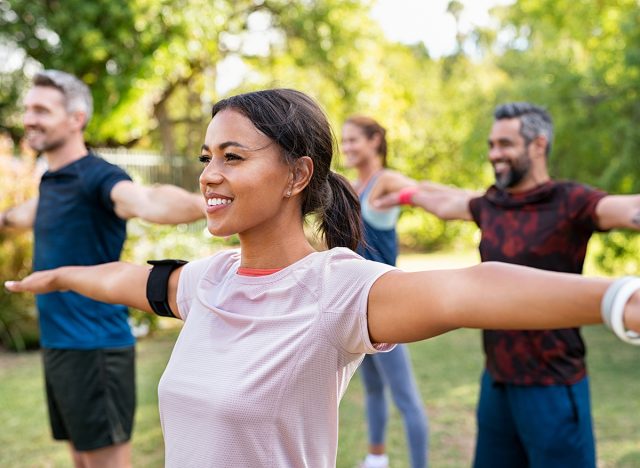
Reach out to friends and loved ones every day to get support and encouragement. "Surround yourself with friends and loved ones who support your efforts to eat a healthy diet and increase your physical activity," says the Mayo Clinic. "Better yet, team up and make the lifestyle changes together."
Fun Hobbies
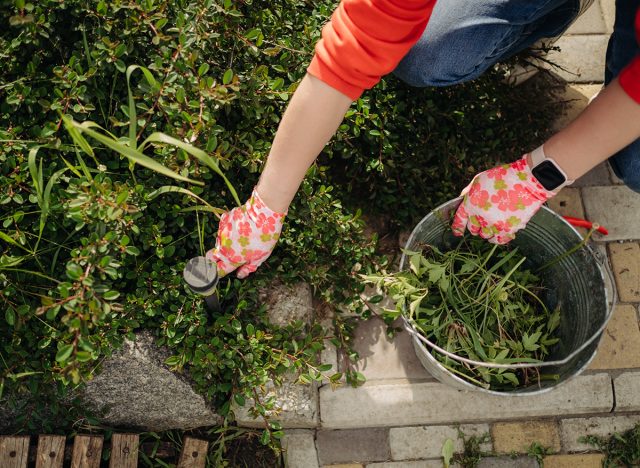
Make time every day for an active hobby you genuinely enjoy. "Find time to take care of yourself. Activities that you enjoy doing can help you get exercise," says the Mayo Clinic. "This can include gardening, yoga or other active hobbies."
RELATED: 12 House Cleaning Chores That Burn Calories After 50
Protein With Every Meal
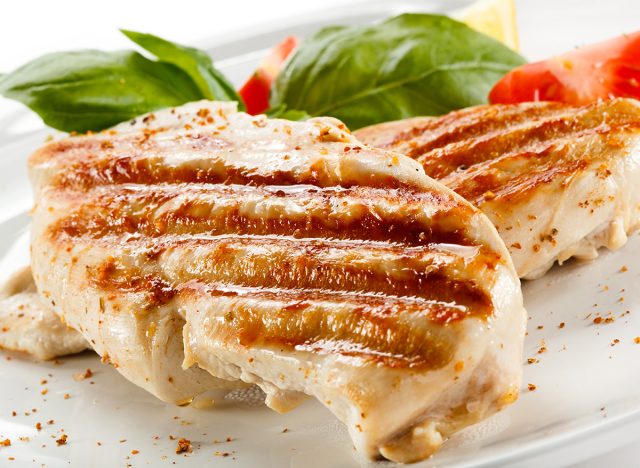
Including protein with every meal can help with fat-burning and weight loss. "As you age, you require more protein to build or maintain muscle," registered dietician Alex Oskian tells the National Council on Aging. "A good rule of thumb is to include a protein food (animal or plant-based source of protein) at all meals and snacks."
Small, Consistent Changes
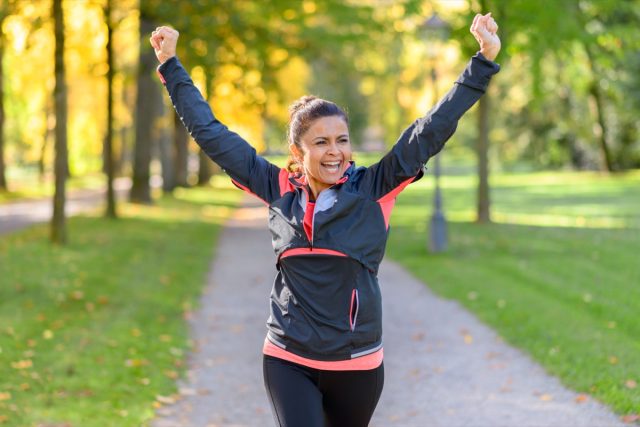
Keeping up with these rituals can transform your life and health. "You're not just losing pounds—you're gaining life," family medicine physician Phyllis Pobee, MD, tells the National Council on Aging. "Focus on sustainable changes that celebrate your body. Small, consistent tweaks over time can lead to remarkable transformations."
💪🔥Body Booster: Eat protein with every meal and snack to encourage weight loss.




